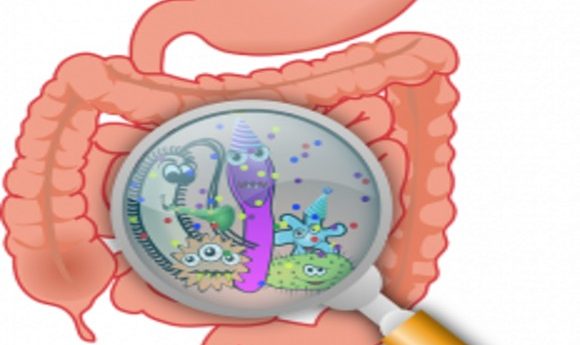Swallowing sensors to track the gut

The human gut and its resident microbes play a critical role in human health. Now, researchers have created an ingestible sensor that can help scientists gain a new view of microbial activity in the gastro-intestinal system.

The human gut, or gastro-intestinal (GI) system, is home to trillions of bacteria that help modulate overall health across the body. But to date, gaining access to the GI tract to study their activities has been difficult. Historically, researchers and clinicians alike have relied on breath tests for studying bacterial activity in the gut, but these are not sensitive enough for many research and diagnostic needs.
“These breath tests are supposed to measure the gases produced in the gut by the microorganisms that live there. And those gases are created, pulled into the bloodstream, circulated around the body, and then exhaled,” explained Kyle Berean, a research fellow at RMIT University in Melbourne, Australia. “But during all these transfers, there’s quite a bit of dilution and masking. It’s an indirect measurement technique. And the only way we could see to get access to a true picture of the gases produced was to get into the gut itself.”
To do so, Berean and his colleague, Kourosh Kalantar-Zadeh developed an ingestible sensor that provides information about levels of oxygen, hydrogen, and carbon dioxide gases every five minutes as it naturally travels from the mouth through the entire GI tract. The sensing capsule, made up of both thermal conductivity and semiconducting sensors, can report gas levels in different parts of the gut, sending those readings directly to a handheld receiver linked via Bluetooth to a smartphone application.
“By looking at the readings from the oxygen sensor, you can get an indication of where the capsule is currently located. You can actually see step changes in oxygen concentration,” said Berean. “And by looking at these major transition points and understanding their timing, we can start to understand not only what gases are being created, but where they are being created.”
In the initial pilot study, Berean and Kalantar-Zadeh learned some surprising things about the gut as they followed the capsule. For example, the human stomach released oxidizing chemicals to help break down foreign compounds that have overstayed their welcome. This might indicate a previously unknown immune mechanism in the stomach. In addition, they discovered that, contrary to popular belief, the colon is not an anaerobic environment. When study participants ate an extremely high-fiber diet, the team found high concentrations of oxygen in the organ. Berean believes that there is much more to be discovered—both in healthy individuals and those who suffer from gut-related disease.
“This kind of access to the GI system has never been possible before,” he said. “We hope to open up the capsule to track more gases and vapors in the future, and get it in the hands of researchers, so we can better understand what the microbiome is doing for your physical and mental health.”





